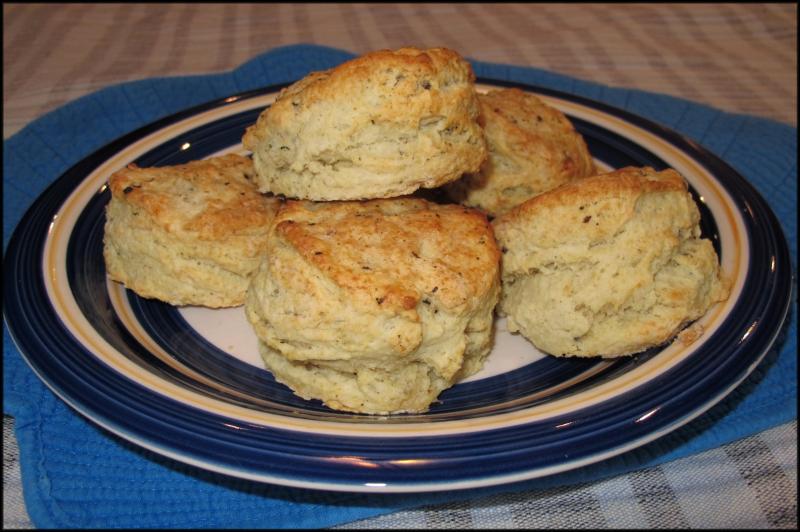Pepper has wide range of styles, flavors
In last week’s column, I included a recipe that called for white pepper. I thought it might be helpful to explain the differences among various types of pepper and when you might choose one over another. From the earliest recorded history, pepper has been a precious spice, used to pay taxes, dowries and tributes. In more recent times it is used both as a preservative for meats and as a seasoning.
The most common type of peppercorn is the familiar black pepper which grows on the Piper nigrum plant, native to Malabar in southwest India. The shrub has a climbing habit and is usually planted near trees on which its cordlike stems can find support. To produce black pepper, the berries are harvested when they are green or just starting to turn red, but not quite ripe.
When the berries are plunged into large vats of boiling water, they quickly turn black and are then transferred to drying platforms and spread on mats to dry in the sun for about three days. For white pepper, the boiled peppercorns have their dark outer husks removed.
Both white and black peppercorns will be cleaned, ground and packaged. Here’s where blowers and gravity separators remove impurities before the pepper is crushed to various degrees of fineness. Cracked peppercorns are those very lightly bruised to release their flavors. Ground peppercorns are passed through sifters to sort the pieces by size.
When shopping for peppercorns, keep a few things in mind. First, if you see a jar of dried green peppercorns, don’t buy it. These are best purchased fresh or freeze-dried to be used while still soft. Alternatively, they can be brined to keep them moist (green peppercorns are unripe black peppercorns). They have a mild peppery flavor and are often used in creamy sauces and Southeast Asian recipes.
Black peppercorns can be found in a wide range of styles: whole, cracked, coarse or finely ground. They are sold in jars, tins, bags, prepacked into grinders and mixed into spice medleys. The best way to use black pepper is fresh from the grinder, usually at the very end of the cooking process. For the brightest pepper flavor, grind it just as you add it to the dish, as ground pepper loses its potency when stored for very long and can become bitter if cooked for any length of time.
White pepper is the seed of the pepper fruit without its black skin. It is less pungent with a slightly earthier flavor. You’ll find recipes for white sauces, cream soups and mashed potatoes include white pepper mostly for visual appeal (no unsightly dark specks). It’s also great in salad dressings, especially those that combine both sweet and savory ingredients.
To help you get started as you build your peppercorn repertoire, I’ve included a few recipes. The first is for turkey cutlets in a green peppercorn sauce (this would also work for pan-seared steak, chops or chicken). If you can get fresh green peppercorns, that’s ideal, but you can substitute freeze-dried, or brined peppercorns that have been rinsed and drained.
White pepper is featured in many Asian recipes, including this one for egg drop soup. Keep white peppercorns handy for your next potato dish or Swedish meatballs. Finally, for black peppercorns, consider the biscuits in the photo – amazing flavor and delicate texture – worth their weight in peppercorns.
Turkey Cutlets in Green Peppercorn Sauce
2 4-oz turkey cutlets
2 T flour
1/4 t salt
1 T butter
1 T olive oil
1/3 C sherry
1 T green peppercorns*
1/3 C chicken broth
salt & white pepper
Combine flour and salt on a paper plate and dredge the turkey pieces, shaking off excess; set aside. Heat the butter and oil in a heavy skillet over medium. Add the turkey and cook until done, about 3 minutes per side. Remove to a plate and cover loosely with foil.
Deglaze the skillet with the sherry, scraping up any browned bits. Add the peppercorns and boil until reduced slightly. Stir in the chicken broth and boil until reduced and thickened. Season to taste with salt and white pepper. *Note: Use fresh or freeze-dried green peppercorns; if using brined green peppercorns, drain, rinse and crush slightly.
Egg Drop Soup
4 C chicken stock
1 T finely grated ginger
1/2 t toasted sesame oil
1 T soy sauce
2 t cornstarch
3 eggs, lightly beaten
1 t seasoned rice wine vinegar
1/2 t freshly ground white pepper
3 sliced scallions
In a large saucepan, combine the chicken stock, ginger and sesame oil. Bring to a boil, then reduce heat to low and simmer for about 5 minutes. In a small bowl, whisk together the soy sauce and cornstarch; stir in 1 T of chicken stock from the pot and return mixture to saucepan. Cook over medium, stirring often, until thickened, about 5 minutes. Pour the eggs into the pot in a slow, steady stream and cook without stirring until egg strands float to the surface, about a minute. Stir in vinegar and pepper, breaking up any large pieces of egg. Ladle into bowls and garnish with scallion slices.
Peppercorn Biscuits
2 C flour
2 t baking powder
1/2 t baking soda
1 t salt
1 T coarsely ground black pepper
6 T cold butter, cut into small pieces
3/4 C buttermilk
1/4 C heavy cream
black pepper
1 T melted butter
Preheat oven to 450 F. Line a baking sheet with parchment paper; set aside. Combine flour, baking powder, baking soda, salt and pepper in a mixing bowl; stir to distribute pepper evenly. Scatter the chopped butter over the top of the flour mixture and use a pastry blender to combine until the mixture resembles coarse meal. Add the buttermilk and stir just until mixture begins to come together. Scrape the dough onto a lightly floured surface.
Pat the dough into a rectangle about 3/4-inch thick. Use a round cutter to make 6 biscuits; place them on the prepared baking sheet.
Press together the scraps of dough and cut out 2 more biscuits. Brush tops with cream and sprinkle with black pepper. Bake the biscuits until lightly golden brown, about 15 minutes. Remove from the oven and brush the tops with melted butter. Yield: 8 biscuits.























































